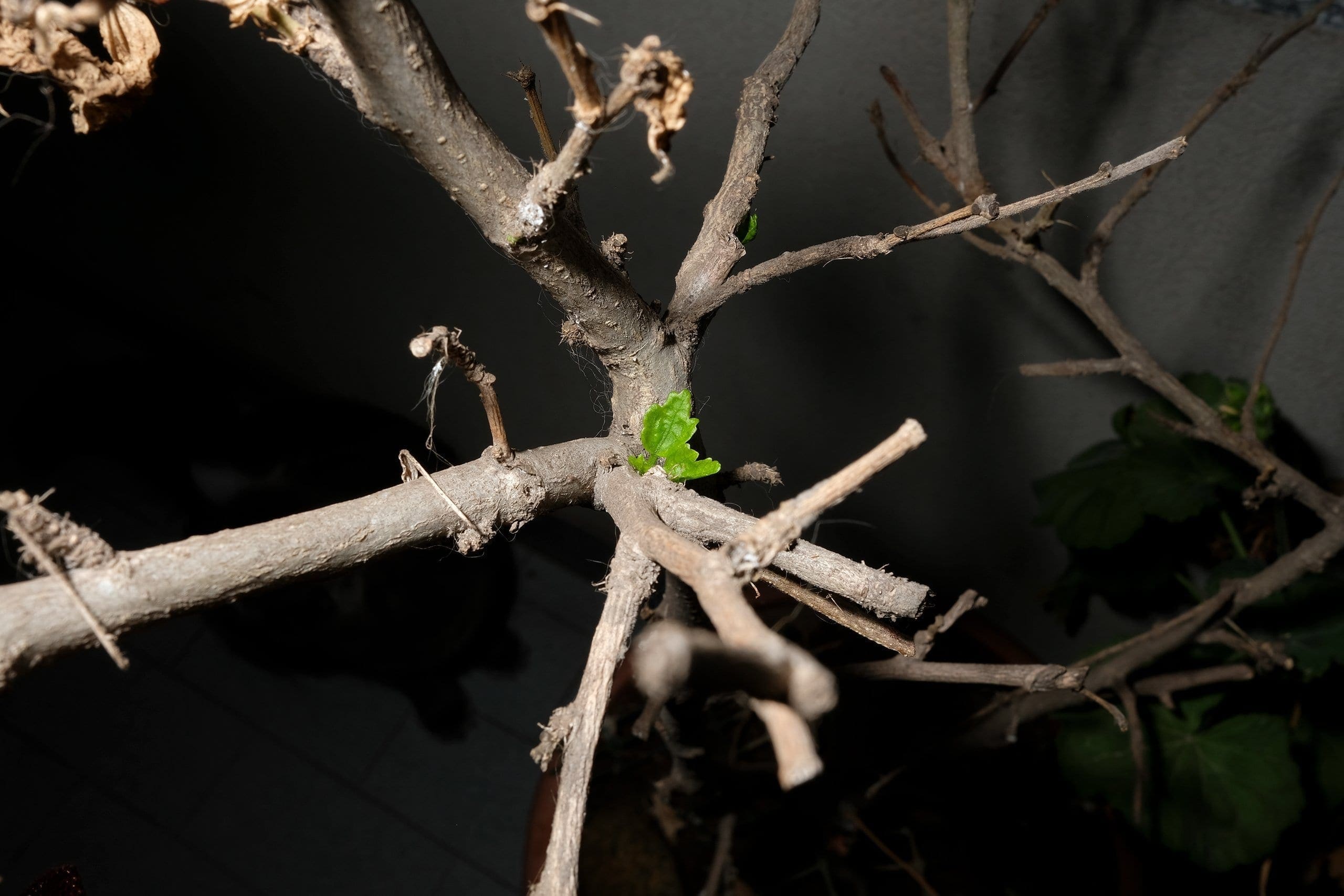We asked our authors and our network to answer three questions on how they are coping with this challenging moment in history. Here is the interview with ELEONORA RETTORI, photographer and author of DooG Reporter.
Is there any beauty in the world, even banal, that you have rediscovered in this period?
During this period, I discovered the beauty of nature and its potential. And the beauty in the details and the little things you overlook in regular hectic days pass you by, and you don’t see. Being at home all the time and living in a small town, I could observe nature much more through the window, the animals and their behaviour, and their communication. I also discovered the small shopkeepers in the village-who have always been there-in a time when work sometimes doesn’t even let you see your next-door neighbor, and they were a tremendous help (from greengrocers to florists, to small shopkeepers) because they lent themselves to bringing their products (much better than those of big chains) to your home, without making you move a finger. This, for me, was one of the many beauties rediscovered.
How do you think photography has changed or will change?
As for photography during this quarantine period, I have noticed that taking pictures has been therapeutic for many people, even those who usually never take photographs. I have seen so many images and daily experiences flow. And not the usual selfie or food photos. Some were exciting; it was an outlet and a form of creativity to suppress time at home. I liked that photography can always remain a powerful medium for expression. Not to mention the news reports covering the emergency and everything that happened. While we were at home and could not move, some professionals went to find testimonies for us in the most isolated places, dramatic moments, and hospitals. I think having such vital testimonies to keep in our historical archives is crucial. I do not know what will change professionally for photography, but I believe that, despite the flood of images coming from everyone, the role of the professional photographer will remain. I hope so.
A picture, a book and a song that represent this period for you.
An image I would associate with this period is Migrant Mother, by Dorothea Lange.
Book: Un altro giro di giostra, by Tiziano Terzani.
The music that has accompanied me most these days is Jazz music, Bossanova; I would say, Jobim, Favela.


